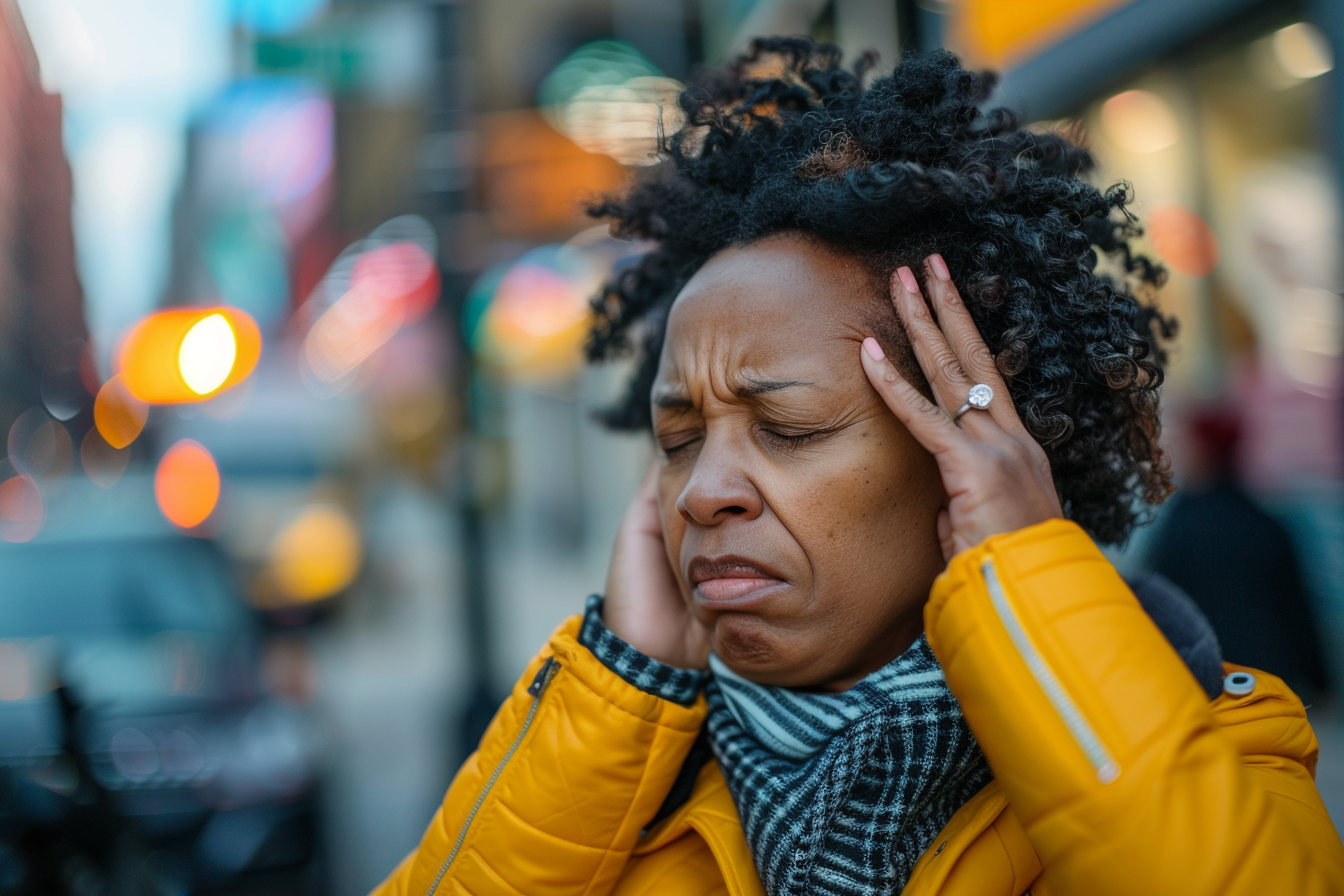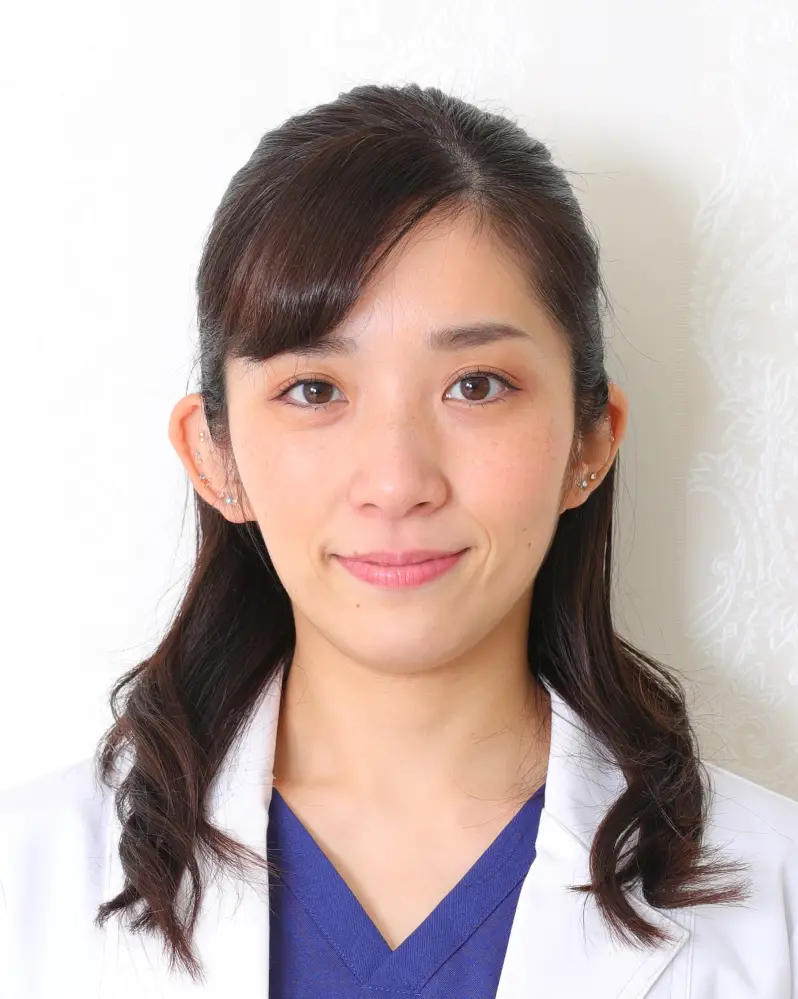How to Alleviate Ear Congestion with Acupressure for Busy Professionals
Ear congestion can be uncomfortable, especially when you’re trying to stay productive. Whether you’re dealing with it due to allergies, sinus problems, or just the pressures of daily life, relief is possible without leaving your desk. One effective solution is acupressure. Acupressure uses pressure points along your body’s meridians to stimulate healing and release tension. By applying the right techniques, you can alleviate ear congestion quickly.
We consulted Traditional Chinese Medicine (TCM) expert, Ms. Mai Sogawa, to identify specific acupressure points that busy professionals can use to tackle sudden ear congestion. Below are six powerful pressure points to help you regain clarity and focus.
What Causes Ear Congestion?
Before diving into the acupressure points, it’s important to understand what causes ear congestion. Common triggers include:
- Sinus infections or colds – when fluid builds up, it can block the Eustachian tube.
- Allergies – inflammation in the nasal passages can extend to the ear canals.
- Pressure changes – air travel or rapid elevation shifts can cause temporary ear congestion.
- Earwax buildup – blockages in the ear canal can muffle sounds and create a congested sensation.
Using ear congestion acupressure points can offer a natural and non-invasive method to ease these symptoms, bringing immediate relief.
6 Acupressure Points to Relieve Ear Congestion
1. Ermen (TE-21)
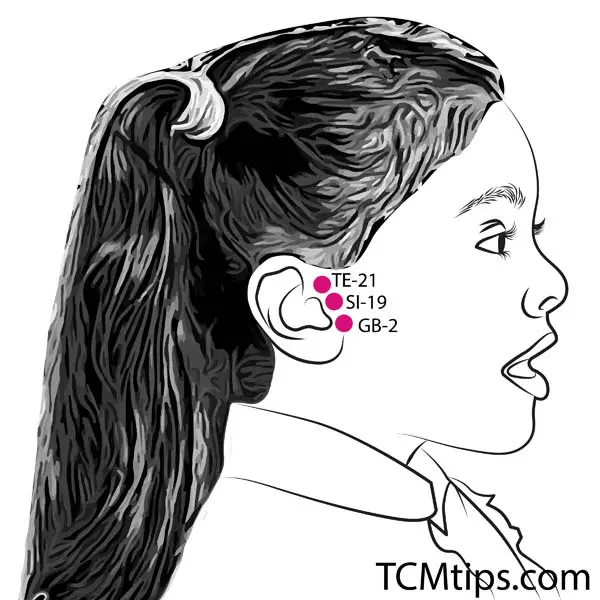
Located directly in front of your ear, Ermen is a key acupressure point for relieving ear-related symptoms. When you press this spot, you can help reduce ear congestion, tinnitus, and even pain around the ear area.
- How to apply: Gently press in front of the ear at the top of the jaw joint. Apply steady pressure for 1-2 minutes, breathing deeply as you do so.
2. Tinggong (SI-19)
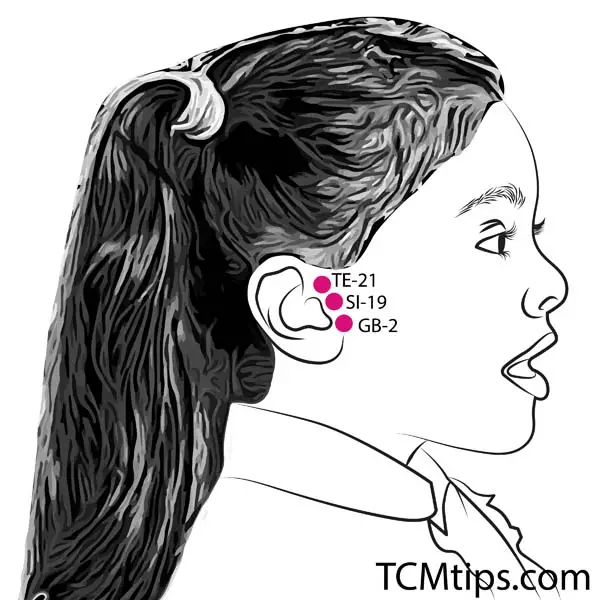
Tinggong is another powerful point located just in front of the ear canal. It’s commonly used to address ear issues like hearing loss, congestion, and ear infections. Stimulating this point helps open up the auditory pathways, allowing for better drainage and reduced congestion.
- How to apply: Place your index fingers at the point where the ear meets the jaw and gently massage in a circular motion for 1-2 minutes.
3. Tinghui (GB-2)
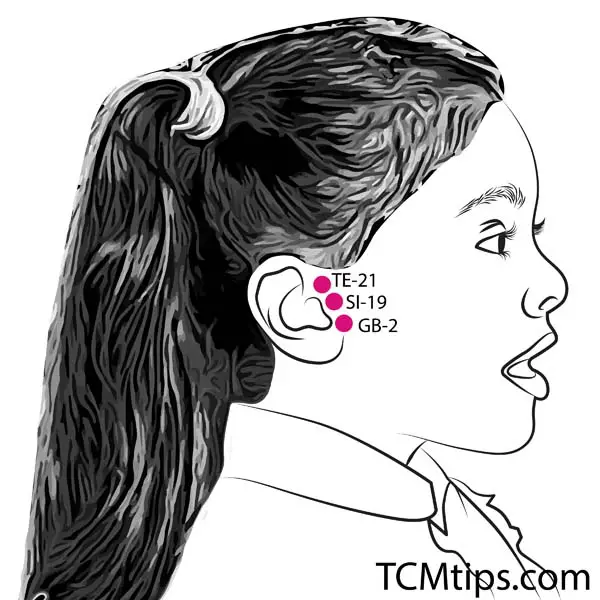
Tinghui is situated just below Tinggong and is known for its ability to clear blockages in the ear canal. It’s especially useful for those who experience sudden ear pressure changes, like when flying or diving.
- How to apply: Press the point located in front of the ear lobe, just above the jawbone. Hold the pressure for 1-2 minutes, breathing deeply throughout.
4. Wangu (GB-12)
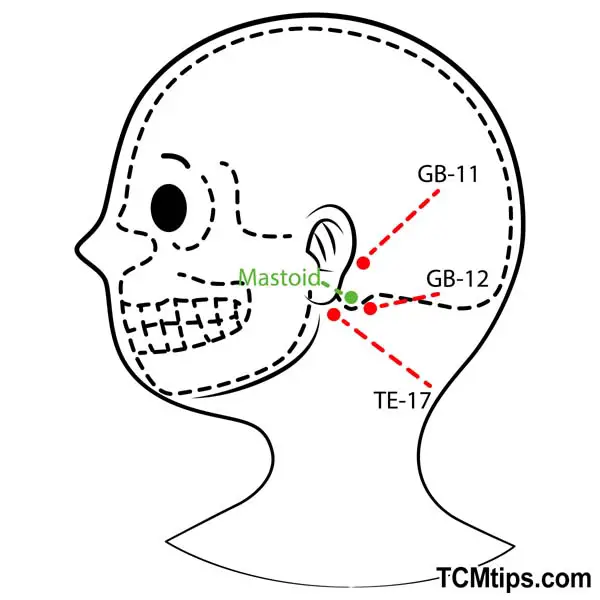
Found behind the earlobe, Wangu is beneficial not just for ear congestion, but for headaches and neck tension that can accompany ear discomfort. Stimulating this point can help relieve stress, which is often a contributor to ear-related symptoms.
- How to apply: Use your thumb or fingers to press just behind the earlobe where it meets the skull. Hold for 1 minute, then release.
5. Jiaosun (TE-20)
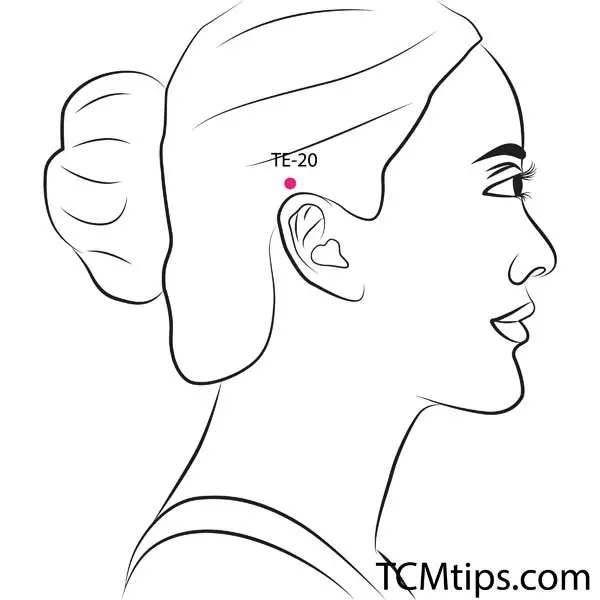
Jiaosun is positioned above the ear, near the hairline. It is frequently used to alleviate headaches, dizziness, and ear congestion by improving the flow of energy (Qi) around the ear area.
- How to apply: Gently press on the temple, about an inch above the ear. Hold for 1-2 minutes, or until you feel some relief.
6. Yifeng (TE-17)
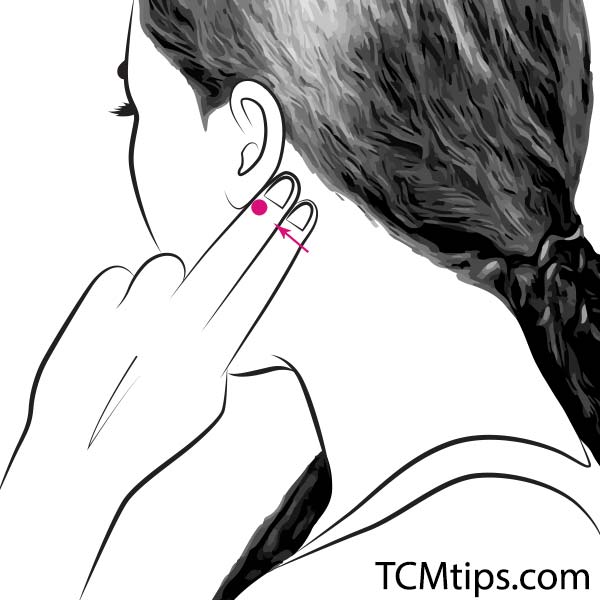
Located behind the ear, Yifeng is one of the most recommended points for clearing the Eustachian tubes and relieving ear congestion. It’s particularly effective for sudden ear blockages and pressure changes.
- How to apply: Press the spot just behind the earlobe in the groove where the jaw and neck meet. Apply firm, steady pressure for 1-2 minutes.
How to Maximize the Benefits of Acupressure
When practicing acupressure, it’s essential to remember the following tips to enhance your experience:
- Breathe deeply: Deep breathing helps to relax your body and promotes better energy flow.
- Apply consistent pressure: Use moderate pressure and hold each point for 1-2 minutes for the best results.
- Practice regularly: The more you practice, the more effective acupressure can become at preventing and relieving symptoms.
Additional TCM Tips for Ear Congestion
Ms. Mai Sogawa also recommends practicing mindfulness to manage stress levels, which can exacerbate ear congestion. She notes that lifestyle changes, such as staying hydrated, avoiding dairy during cold episodes, and using herbal remedies like ginger tea, can complement acupressure to provide long-lasting relief.
By integrating ear congestion acupressure points into your daily routine, especially when you’re feeling the pressure of work or long hours at your desk, you can promote better ear health and overall wellness. The best part is that it’s something you can do anywhere—whether at work or at home.
By following the steps outlined in this article and practicing the acupressure techniques recommended by TCM professionals like Ms. Mai Sogawa, you can effectively relieve ear congestion and maintain your focus throughout the day.

Try our Anti-Aging Gua Sha Tool designed to bring out your skin’s natural glow.
Best Gua Sha Product- Anti-Aging: The tool is designed to target 11 specific aging signs such as wrinkles and sagging skin. By following the 7-step routine, users can improve skin firmness and reduce fine lines naturally.
- Enhances Skincare Routine: It works effectively with serums and lotions, boosting absorption and efficacy of skincare products.
- Visible Skin Improvement: Users can expect a smoother complexion, reduced puffiness, and a more youthful appearance.
 P. Sze
P. Sze 